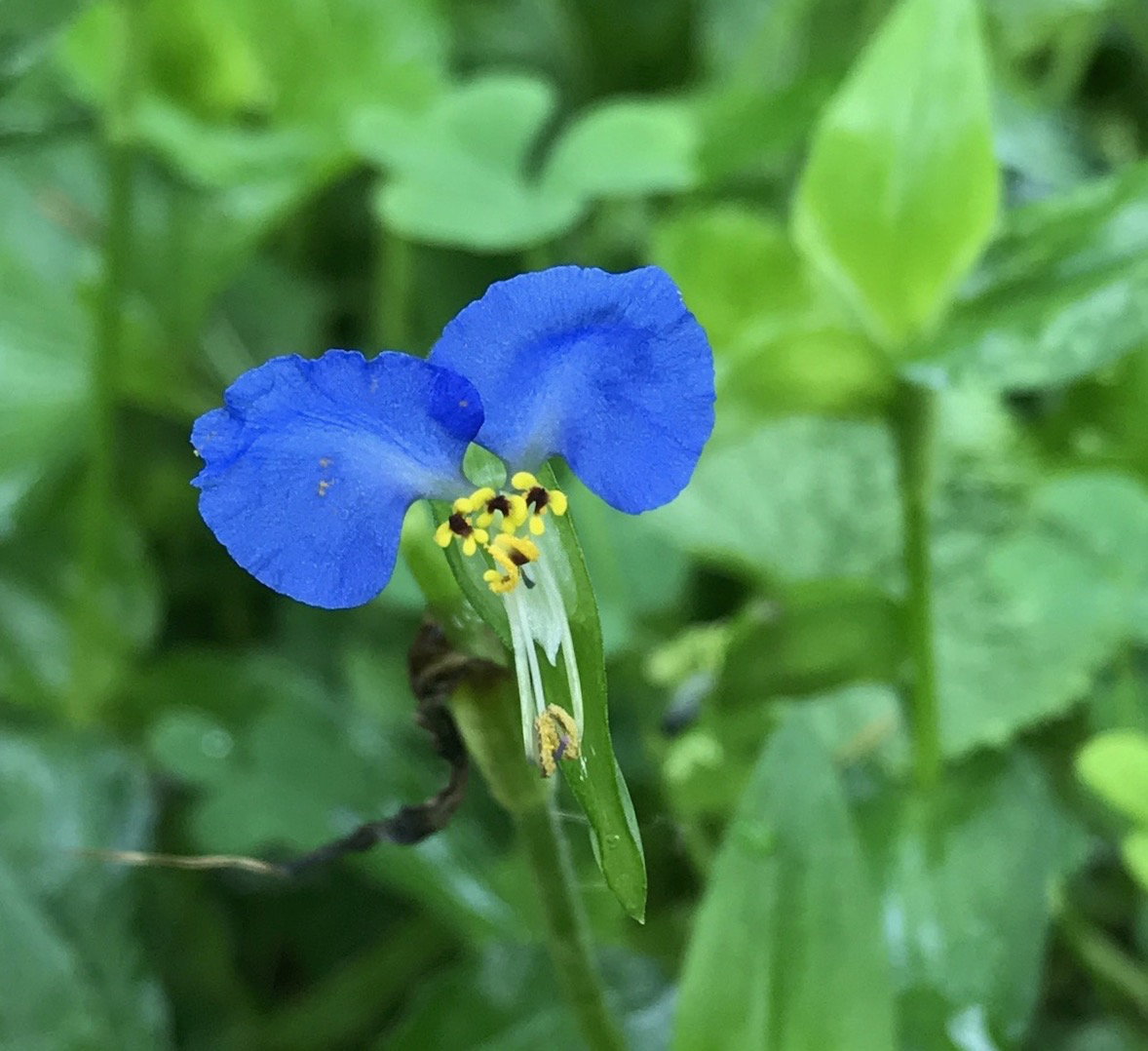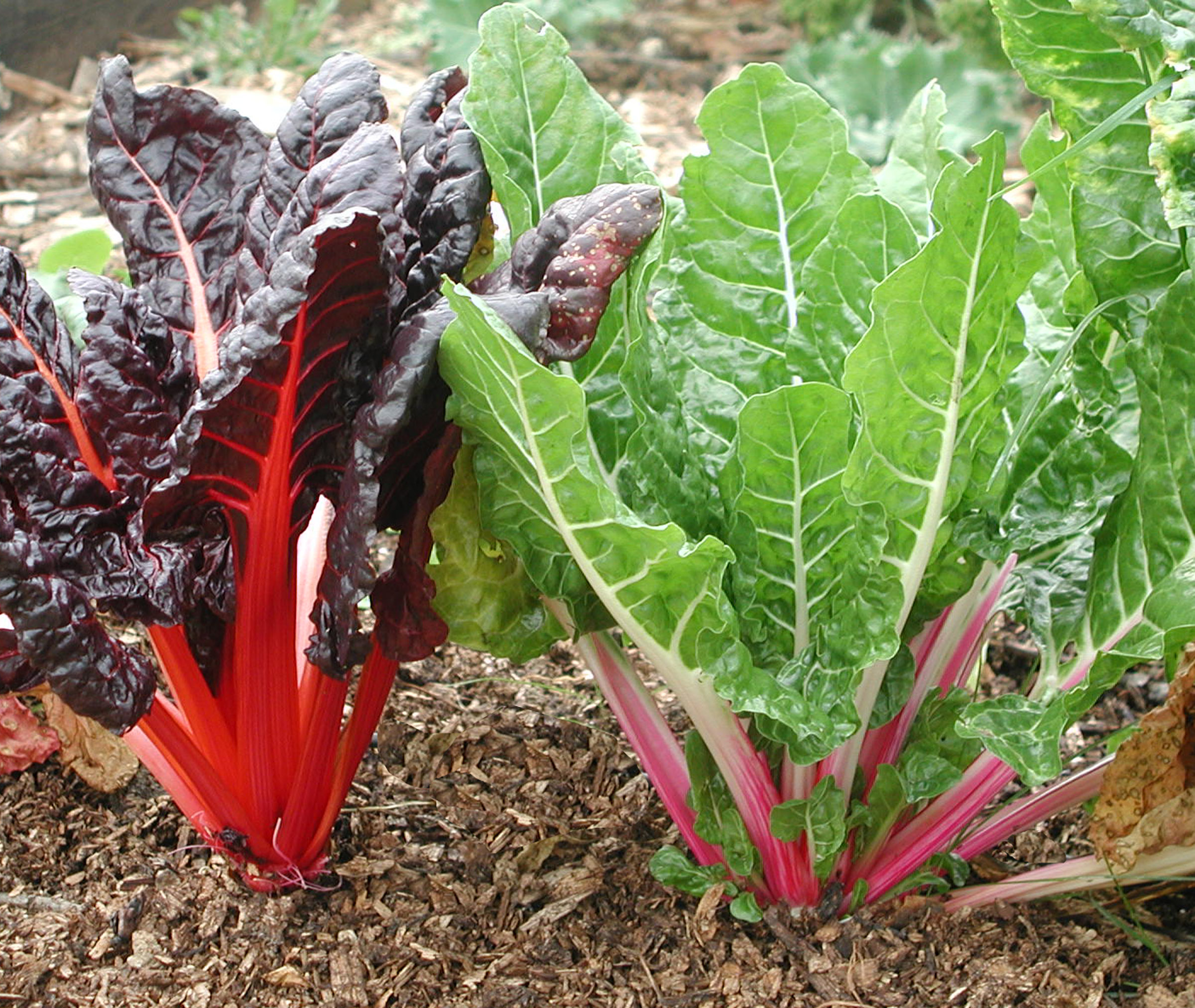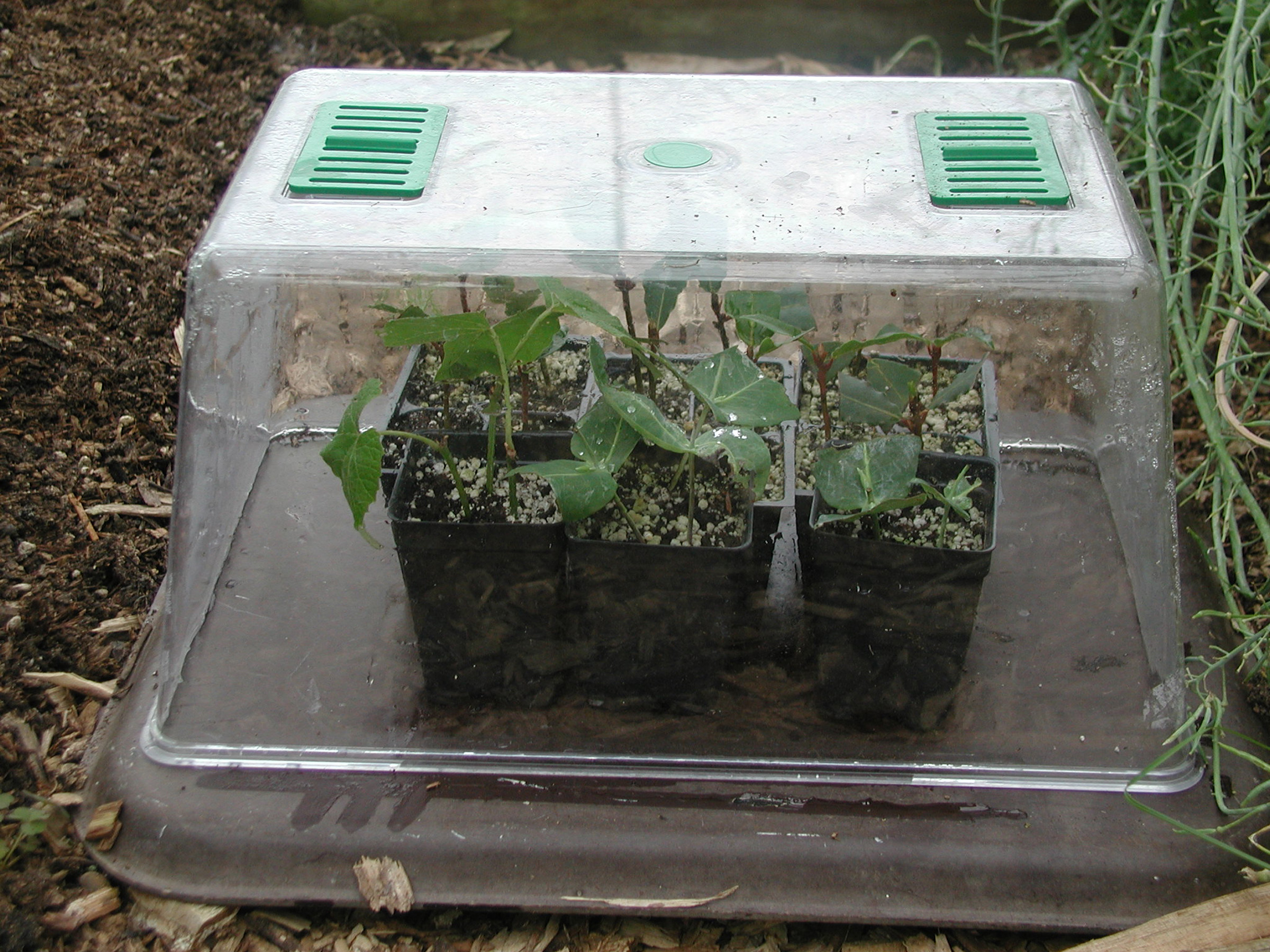FLOWER FOR A DAY, JUST ONE
/0 Comments/in Flowers/by Lee ReichSo Sad
The cheery blue color of dayflowers — so named because each flower lasts but a day — does nothing to dispel some pity I feel for them. Not that the petals cry out for my sympathies. You have to get fairly close to the plant, or really stop and look at it, to even see its blossoms.
The reason for my pity demands an even closer look at a dayflower. Zoom into the flower, where you’ll see two prominent azure petals, and then, further below, behind two prominent, anthers that swoop forward, you’ll see a third petal, this one pale in comparison to the other two, and much smaller.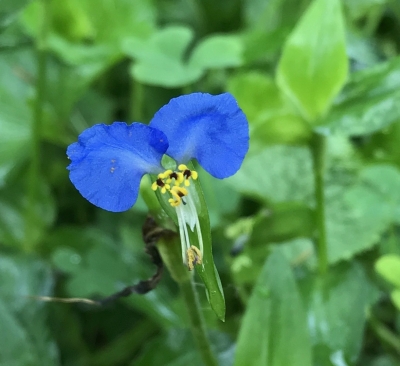
Those petals are what give dayflower its botanical name. Carl von Linnaeus, the founder of our present system of plant nomenclature, gave dayflowers the botanical name Commelina to honor two brothers of an eighteenth century Dutch family who were shining stars in botany at that time.
Why two brothers and three petals? It turns out that there was a third brother Read more
POPEYE’S NEEDS
/8 Comments/in Vegetables/by Lee ReichCan’t Have It
Popeye ain’t the only bloke who’s gotta have spinach on tap whenever the urge strikes him. Some gardeners have similar needs — not me, though, who, come summer, gravitates to peppers, corn, tomatoes, and cucumbers. And being gardeners, you spinach lovers want freshly picked spinach, not that wan stuff that Popeye squeezes out of a can.
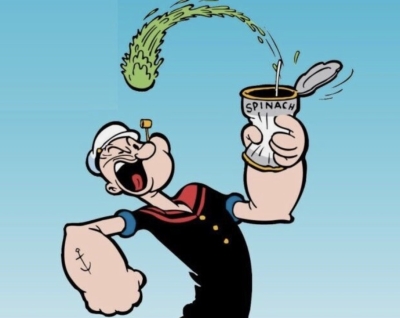
No matter how good a gardener you are, though, you can’t grow spinach this time of year (a statement that will no doubt be challenged by some reader who IS growing spinach now). Spinach is sensitive to cycles of night and day, and our summer’s short nights induce the plants to send up seedstalks, then die, instead of growing the succulent, broad leaves they do in spring and fall. Read more
FINDING MY ROOTS
/8 Comments/in Gardening, Uncategorized/by Lee ReichFINDING MY ROOTS
Totipotent Cells
Take a look at new shoots growing on a favorite shrub or vine and you’ll see that the bases of these shoots may be beginning to toughen up, becoming woody. Such shoots, snipped from the mother plant as so-called half-woody cuttings, can be rooted to make new plants. Two other types of stem cuttings are softwood cuttings, taken while shoots are still green and succulent, and hardwood cuttings, taken from thoroughly woody, often leafless, shoots.
You can make whole, new plants from any of these cuttings; I’ve done it for years. But be careful because rooting cuttings to make new plants can become addictive. And then you have to figure out what to do with all your new plants. (Hence, my annual plant sales.)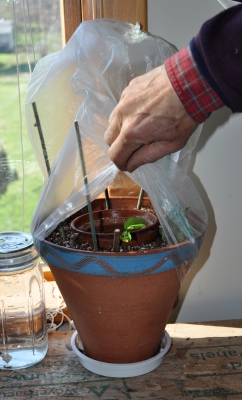
Cuttings are one of many ways to clone plants, that is, produce new plants that are genetically identical to the mother plant from which the stems were taken. Read more

